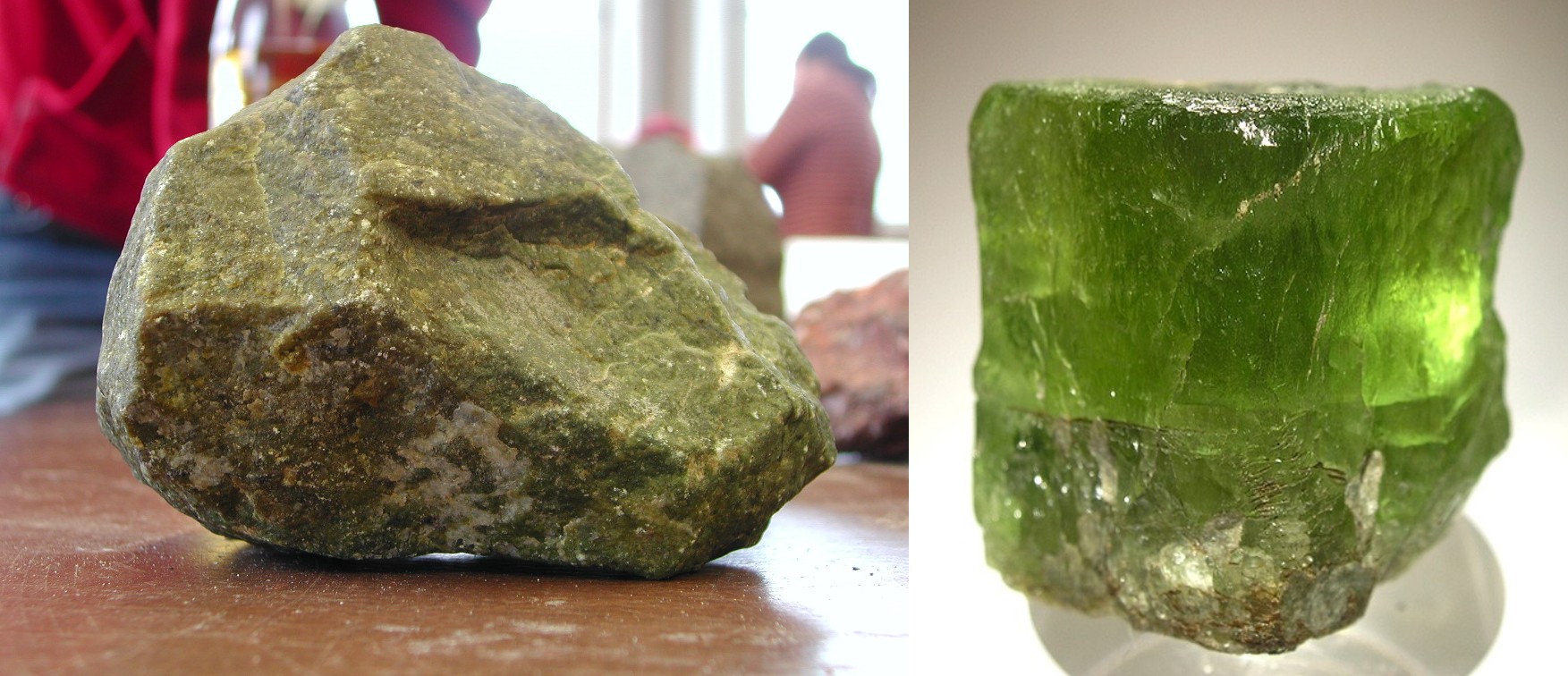An island made of gemstones may sound like the daydream of a rum-addled pirate, but if you sail around the Red Sea you might be lucky enough to find Zabargad Island. The small island is formed of a barren surface brimming in peridotite, a rock that’s laced with beautiful peridot gemstones.
Zabargad Island is located around 50 kilometers (31 miles) off the coast of southern Egypt in an area of the Red Sea called Foul Bay. Measuring just 4.5 square kilometers (1.74 square miles) in size, it’s the largest of the islands found in this cove – and undoubtedly the strangest.
Zabargad also has a reputation for being a “desert island”. It holds very little fresh water and hosts almost no life, except for some breeding seabirds and the odd osprey. What it lacks in biodiversity, however, it makes up for in geology and history.
Throughout ancient times, peridot was harvested from the island and used in the jewelry of the kings who ruled over the Mediterranean’s ancient kingdoms. Some of the earliest evidence of mining on Zabargad can be traced back to the Ancient Egyptians over 3,500 years ago.

It’s not hard to see why carved peridot was sought after in ancient times.
The ancient Greeks called the island “Topazios” as they believed it was a source of topaz gemstones. However, scientists have since identified the rocky substance of the island’s surface as peridotite, a coarse-grained igneous rock that’s rich in olivine and pyroxene. Within the peridotite rock, collections of gem-quality olivine can form, appearing as a vibrant green gemstone known as peridot.
The rock was forged in the bowels of our planet over 150 kilometers (93 miles) below the surface in Earth’s upper mantle. Buried in the scorching hot mantle and subject to extreme pressure, peridotite was once viscous magma that has since chilled, solidified, and been brought to the surface.
It popped up on Earth’s surface due to a deep geological rupture that occurred tens of millions of years ago, most likely around the Early Cretaceous. Clashing tectonic plates resulted in part of the mantle rising to the crust, forming a freak island made largely of peridotite.

Peridotite comes in a few different forms, such as the rocky dunite (left) and large olivine crystals (right).
The island still sits on top of a hub of tectonic activity as it’s located near the Red Sea Rift, a mid-ocean ridge that marks the crossroads between the African Plate and the Arabian Plate. The bottom of the ridge also intersects with the East African Rift Valley, a colossally important feature in Earth’s ever-shifting puzzle pieces.
Given how important Zabargad was to the ancient world, it’s remarkable that it’s relatively unknown in the modern world. Mining for peridotite continued on the island into the early 20th century, but it almost entirely ceased since the Egyptian government nationalized the country’s mines in 1958. Today, the biggest producer of peridotite is Norway – Egypt doesn’t even appear in the top 10.
Source Link: Zabargad Island: A Land Made Of Green Gemstones In The Red Sea